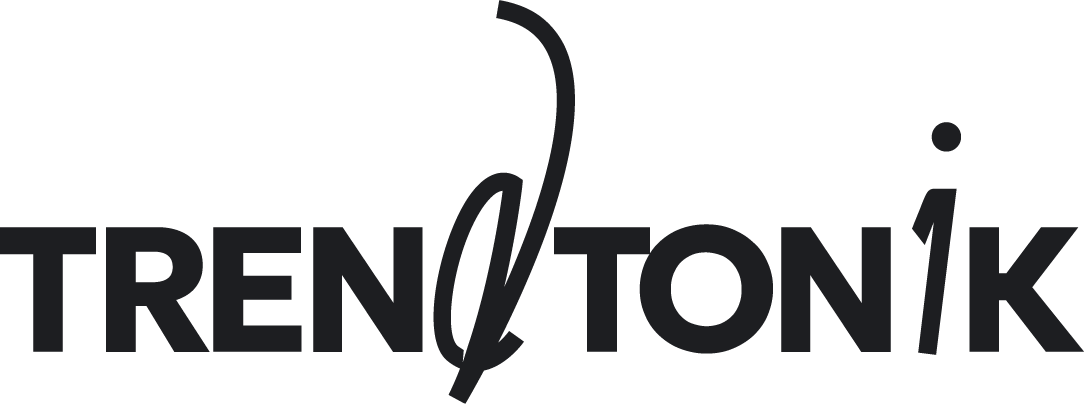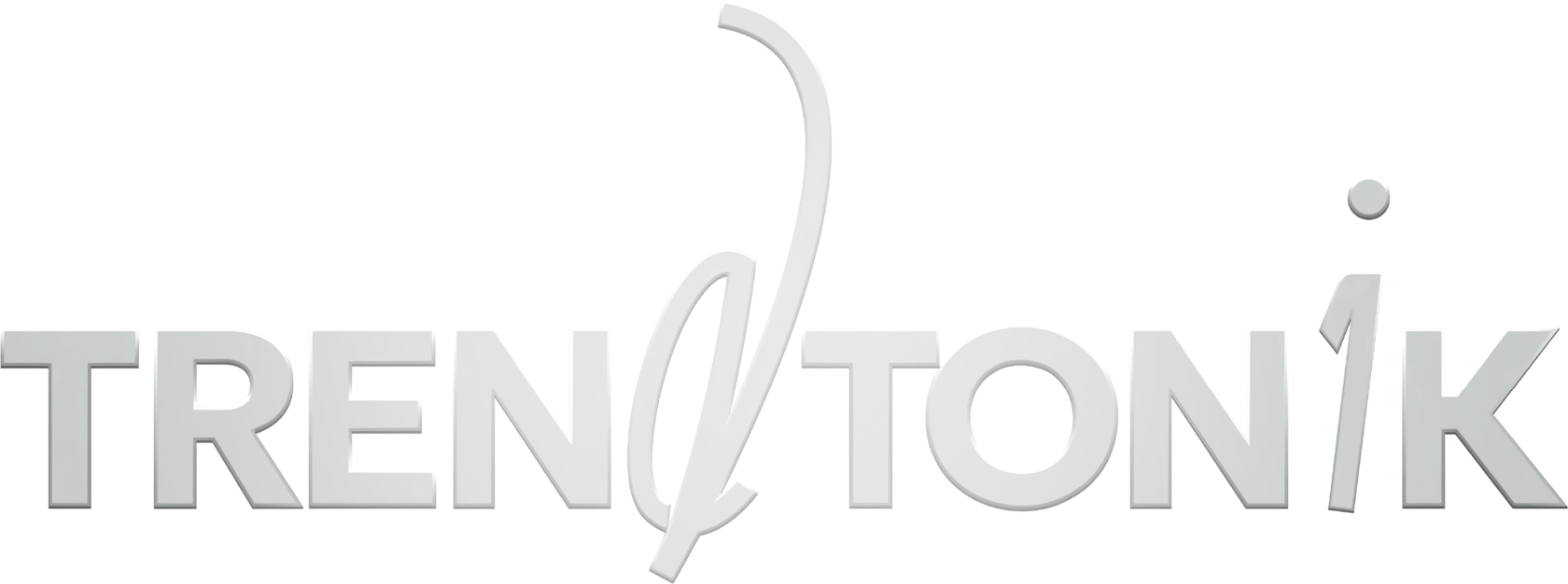BRAND SOUL
Brand Mission
The "purpose of life" of the brand expressed in one or two sentences. Explains why the brand was created, what drives it, and how it aims to help the customer.
Brand Values
Internal guiding principles that the brand follows in its activities. Values are shaped by the brand's mission and help establish an emotional connection with customers.
Brand Legend
The story of the brand that makes it more human and recognizable. Essentially, it's a short narrative that engagingly and clearly communicates the brand's positioning to the customer.
Brand Personality
The individual traits of the brand that are expressed in its communication and interaction with customers. It describes how the brand would be characterized if it were a person: serious, humorous, ironic, rebellious, and so on.
Tone of voice (TOV)
The style and tone of the brand's communication with customers, partners, and the market. The tone of voice should align with the brand personality.
RTB («reason to believe»)
A compelling argument that convinces customers to trust your brand. Every brand makes a promise to its audience, and RTB provides evidence that the brand can fulfill that promise. This can include research, product composition details, expert recommendations, or other forms of proof.
Brand Slogan
A short, expressive statement that works to strengthen the brand's recognition and memorability. The slogan contains the brand's main message, e.g. "Just Do It" by Nike or "I'm Lovin' It" by McDonald's.
Unique Selling Proposition (USP)
A feature that makes your brand or product special and distinguishes it from competitors. Simply put, it's an offer that's hard for customers to refuse. USP can be included in the slogan or expressed through other means, such as a text paragraph or a video.
BRAND FACE
Identity
The overall image or "identity" of the brand, created through the combination of visual (logos, illustrations, etc.) and verbal (slogans, written and spoken texts) elements. In a broader sense, brand identity affects all of the consumer's senses. Primarily, it involves sight and sound. These are managed by, respectively, the corporate style and brand songs—jingles. Some brands further shape their identity through scents, taste associations, and tactile experiences.
Corporate Identity
The visual language of the brand used in interactions with customers and the market. It can include elements such as the logo, brand graphics, text layout rules, composition, color palettes, and fonts. Corporate identity upholds the brand's consistency in external communications, creating its unified image.
Brand Attributes
All the elements by which the target audience recognizes and remembers the brand: colors, fonts, music, logo, photo and video style, tone of text, values, and much more. All attributes must harmoniously combine to create a unified brand image.
Logo
A graphic symbol, a visual representation of the brand. The logo should be memorable, easily recognizable, and reflect the brand's essence.
Mascot
A recognizable character that embodies the brand and highlights its uniqueness. The role of a mascot in a company is defined individually: it can serve as a standalone sales item, appear on merchandise or packaging, and sometimes even represent the brand in social media.
Merch (Corporate Identity Media)
Products featuring the brand's logo, such as T-shirts, mugs, pens, tote bags, etc. It's a way to promote the brand, strengthen the connection with the team and customers, and create a sense of belonging and community.
BRAND CORE
Brand Portfolio
A collection of individual brands owned by a single company, structured and organized into a unified system. The brands can be interconnected, develop independently, or form hierarchies
Brand Architecture
The structure or principle by which brands are organized within a company's portfolio. Brand architecture describes the system of interaction between brands—for example, they can be linked to the parent (main) brand, remain independent, or be divided into separate product lines.
Brand Positioning
The place a brand occupies in the market and in the customer's mind. Essentially, it's its foundation, with distinct features, meanings, and values on which the structure of a strong brand will later be built.
Positioning Hypothesis
The key concept that defines the brand's unique position in the market. The hypothesis describes the brand's key attributes, values, and RTB (Reason to Believe). It's an essential tool in brand positioning, and the brand platform is built upon it.
Brand Platform
The result of the positioning strategy and the brand's overall semantic field created based on the positioning hypothesis. It includes the brand's attributes, its rational and emotional benefits, character, and values. It's the brand's image which helps to establish or strengthen the brand's competitive position in the market.
TOOLS
Brand Book
The main document of your brand. It contains all the necessary information: brand identity, guidelines, brand history, mission, values, and positioning strategy. The brand book allows everyone involved in working with the brand to see the complete picture and maintain a unified brand image.
Guidelines
A practical guide to using the corporate style. It helps company employees and external contractors maintain a consistent brand style across all materials, from the website to product packaging.
Logo Book
A guide to using the brand's logo. It outlines the rules for using the logo in different contexts: on websites, in print, or on merchandise. It may also include rules for using different logo variations (e.g. black-and-white, inverted, or colored) and specify the spacing around the logo relative to other design elements.
Brief
A short project description provided by the client to the branding agency. The brief outlines the main goals of the project, the tasks to be solved, the budget, deadlines, and other essential details. The brief helps get a general understanding of the client's problem and prepare for briefing.
Briefing
A meeting with the client where they provide detailed information about their project and expectations from the agency. It's an important stage of collaboration that helps to gather the most complete information and clarify all necessary details.
Moodboard
A collection of images, texts, and ideas that defines the style and vibe (mood) of the brand. It's a tool that helps visualize the brand concept and find inspiration for developing its image.
Infographics
A graphic representation of information that makes it easy to perceive and remember. Infographics can be used to visualize statistical data, describe processes, and present complex information in a simple and easy-to-get way.
Pattern
A recurring design element that creates visual harmony and structure. Simply put, it's a design with repeating elements: textures, shapes, colors, and motives.
Layout
The arrangement of text and images on a webpage, in print, and digital formats. The layout should comply with the technical requirements of the medium, be neat and readable, ensuring that the information is easily understood by customers.
Case
A "real-life example," a detailed description of a specific situation or problem and the methods used to solve it. A powerful tool that helps analyze a complex situation, develop a strategy, and make an effective decision.
Customer Insight
The process of understanding the true desires, needs, and problems of customers that motivate them to make a purchase—essentially, what drives people to take action.
PROCESSES
Naming
The process of creating a name for a brand or product. It includes market and target audience research, initial trademark clearance (checking in legal patent databases for registration availability), as well as semantic and phonetic analysis.
Brand Strategy
A plan for the brand's growth, outlining goals, objectives, target audience, and potential promotion strategies. A brand strategy helps define the direction for the brand's development and achieve the desired results.
Audit
The process of analyzing and assessing the brand's current position in the market. It includes research on competitors, the market situation, the target audience, and the brand itself. The audit helps identify the brand's strengths, weaknesses, and opportunities for differentiation from competitors and evaluates the effectiveness of promotional strategies
Rebranding
процесс обновления бренда. Рынок – явление очень динамичное: в его условиях бренду нужно постоянно поддерживать свою актуальность, чтобы лучше соответствовать современным реалиям и привлекать новых клиентов.
Novinsky Boulevard 11a, building 1, office 104
О бренде
info@trendtonik.ru
email
MENU
ADDRESS
+7 (925) 844 6887
COMPANY DETAILS
Full Name
TRENDTONIK, Limited Liability Company
Short Name
TRENDTONIK, LLC
Legal Address
Danilovsky Municipal District, Proyezd Proyektiruyemyy 4062, 6, building 1, room 2B/5
Physical Address
Novinsky Boulevard 11a, building 1, office 104
Correspondence Address
115432, Danilovsky Municipal District, Proyezd Proyektiruyemyy 4062, 6, building 1, room 2B/5
OGRN
1247700309845, State Registration Certificate of Legal Entity dated 10.04.2024
TIN (INN) 9725156555
KPP 772501001
OKVED
74.10 Specialised design activities
OKPO 60540777
General Director
Voronin Anton Alexandrovich
Contact Phone Number
+7 (925) 844 6887
PAYMENT DETAILS
Settlement Account (RUB) 40702810802870016579
Bank Name AO "ALFA-BANK"
Correspondent Account 30101810200000000593
BIC 044525593
TRENDTONIK, Limited Liability Company
Short Name
TRENDTONIK, LLC
Legal Address
Danilovsky Municipal District, Proyezd Proyektiruyemyy 4062, 6, building 1, room 2B/5
Physical Address
Novinsky Boulevard 11a, building 1, office 104
Correspondence Address
115432, Danilovsky Municipal District, Proyezd Proyektiruyemyy 4062, 6, building 1, room 2B/5
OGRN
1247700309845, State Registration Certificate of Legal Entity dated 10.04.2024
TIN (INN) 9725156555
KPP 772501001
OKVED
74.10 Specialised design activities
OKPO 60540777
General Director
Voronin Anton Alexandrovich
Contact Phone Number
+7 (925) 844 6887
PAYMENT DETAILS
Settlement Account (RUB) 40702810802870016579
Bank Name AO "ALFA-BANK"
Correspondent Account 30101810200000000593
BIC 044525593
COPY
COPIED


